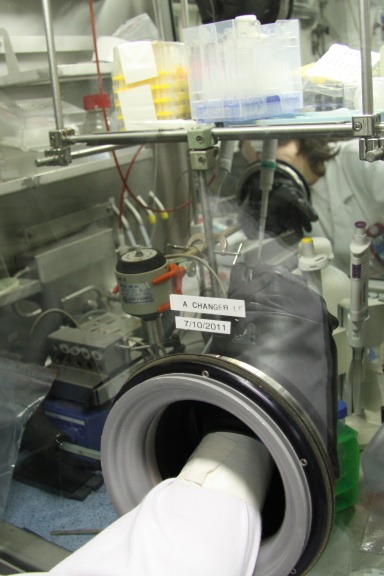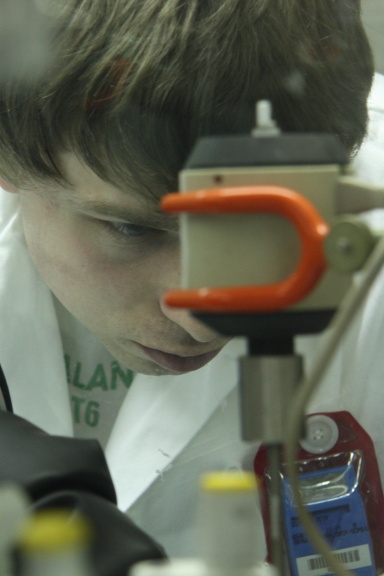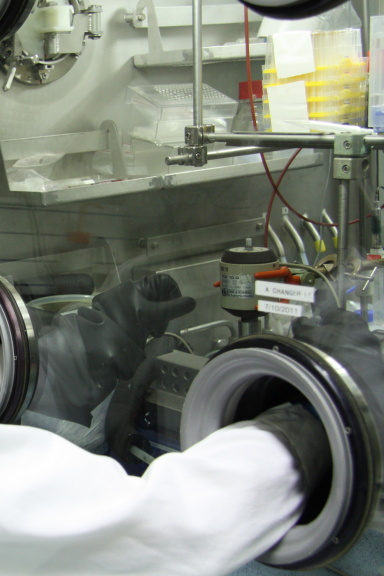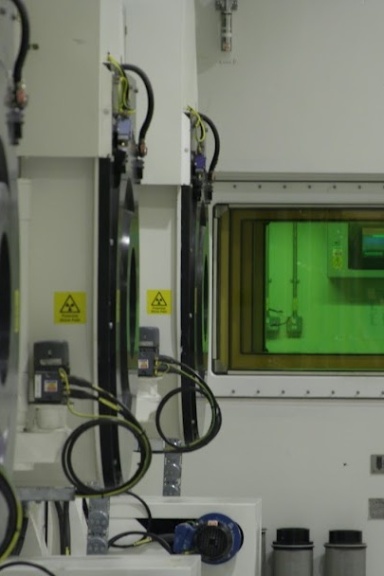RADIOELEMENT CHEMISTRY AND GEOCHEMISTRY IN THE CENTRE FOR RADIOCHEMISTRY RESEARCH
Fakulty jaderné a fyzikálně inženýrské
a
Odborná skupina jaderné chemie České společnosti chemickési vás dovolují pozvat na přednášku
RADIOELEMENT CHEMISTRY AND GEOCHEMISTRY IN THE CENTRE FOR RADIOCHEMISTRY RESEARCH
kterou prosloví
Prof. Francis Livens
Centre for Radiochemistry Research
University of Manchester
Manchester, UK
ve středu dne 26.3.2003 v 9:30 hod
v místnosti č. 314 budovy FJFI, Břehová 7, Praha 1
Součástí přednášky bude i obecná informace o radiochemických aktivitách v
Centre for Radiochemistry Research, University of Manchester
| Prof. Ing. Petr Beneš, DrSc. vedoucí KJCH FJFI ČVUT |
Doc. Ing. Jan John, CSc. předseda OS JCH ČChS |
RADIOELEMENT CHEMISTRY AND GEOCHEMISTRY IN THE CENTRE FOR RADIOCHEMISTRY RESEARCH
Francis Livens
Centre for Radiochemistry Research, University of Manchester
The Centre for Radiochemistry Research was established in 1999 as a partnership between BNFL and the University of Manchester. Its focus is on the chemistry of the radioactive elements, with particular emphasis on geochemistry and coordination chemistry. Here, I provide examples of three of our current research areas.
- Environmental chemistry of artificial radioelements. The authorised, low-level discharges from the BNFL Sellafield reprocessing plant into the Irish Sea have resulted in significant inputs of a range of radioelements. The intertidal sediments of this area provide a rare opportunity to carry out field studies of their migration and transport. 239,240Pu data can be used to derive a mathematical model of sediment transport, which can be used to estimate unknown historical discharges, for example of 236U. This isotope is of particular interest since it, alone among the U isotopes, can be used as a fingerprint for irradiated U.
- Molecular environmental science. The use of laboratory models and advanced spectroscopic analyses, mainly X-ray absorption spectroscopy, allows identification of reaction mechanisms. The mineral mackinawite, tetragonal FeS, is of interest because of its potential redox activity. Pertechnetate is readily reduced to form a TcS2-like phase and the Tc site within the mineral structure can be identified using theoretical analysis. UO22+ and NpO2+ are also reduced by FeS but the products are different, with U forming a mixed oxidation state oxide and Np forming a Np(IV) surface complex.
- Actinide coordination chemistry. A range of actinyl-phosphate-perrhenate (as a pertechnetate analogue) complexes has been synthesised. Perrhenate proves to be a good ligand for UO22+ ions, with mono- and bidentate coordination, and bridging modes all identified. With NpO2+, the phosphate ligands coordinate to the Np centre while perrhenate acts as a counterion. Using a range of polyoxometalate ligands, a number of different structural motifs have been identified, including similar UO22+ and NpO2+ complexes, in which a Np-Np interaction can be identified. Electronic spectroscopy of the PuO22+ analogue in solution suggests a similar interaction.
















